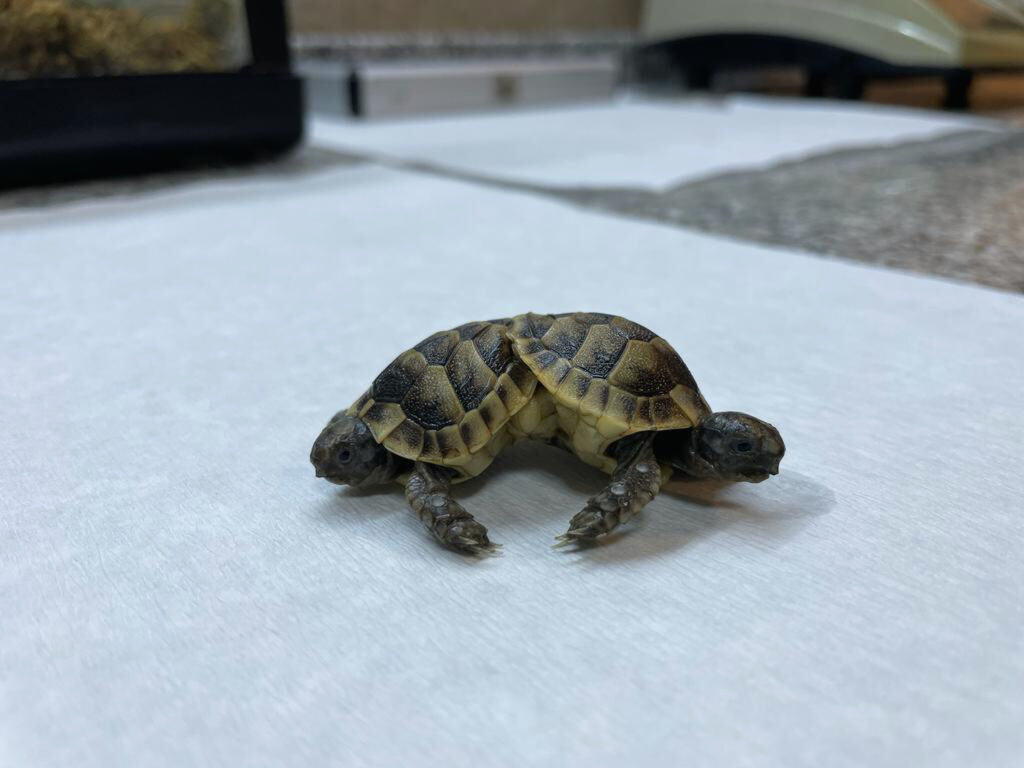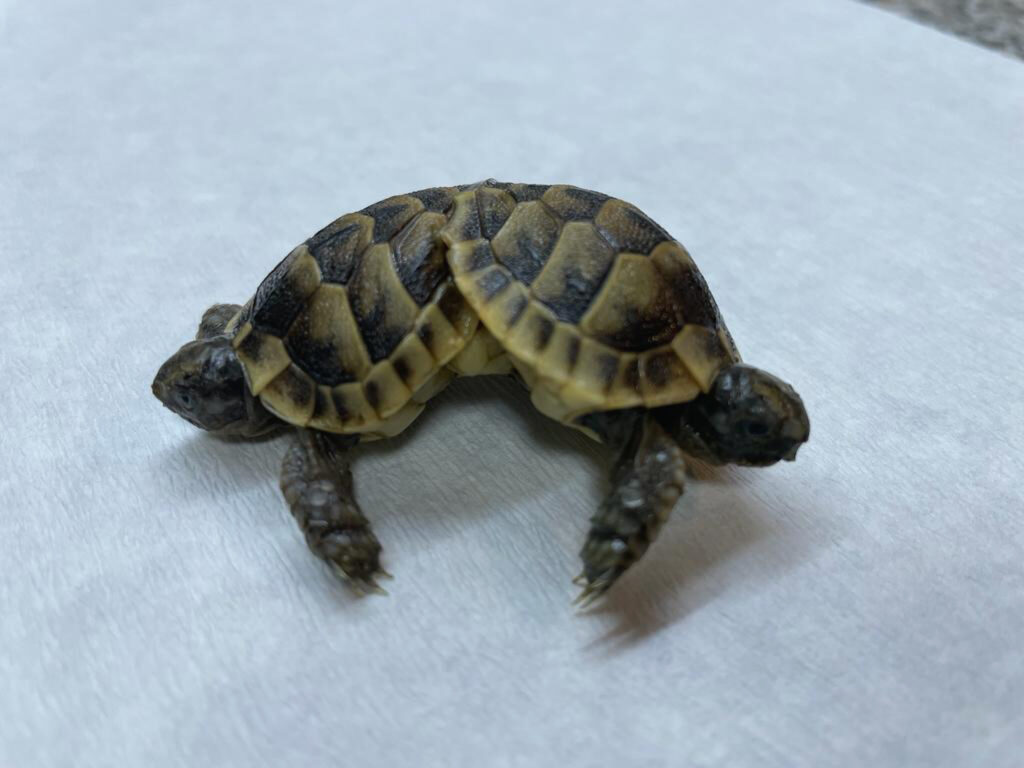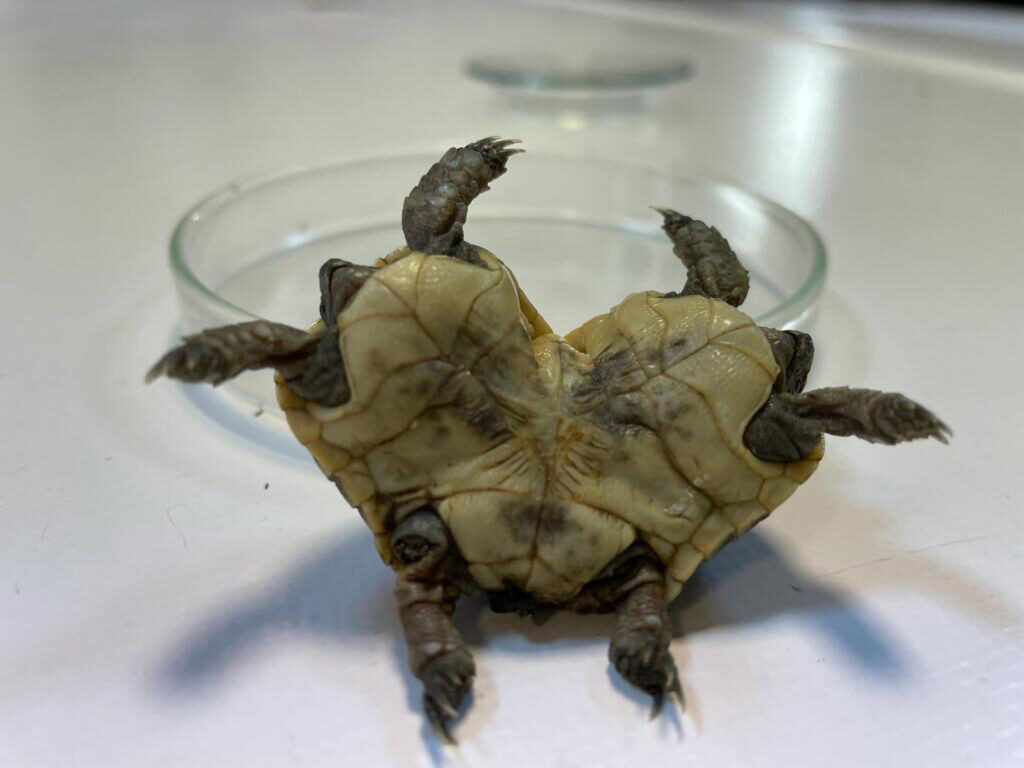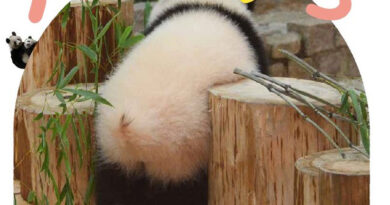Double Headed Conjoined Twin Turtles Die Of Multiple Organ Failure
These rare conjoined twin turtles that made international headlines after they were found on a beach by a tourist have died of multiple organ failure.
The conjoined turtles were found by a foreign tourist at the Pamukkale hot springs, which are a UNESCO World Heritage Site located in Denizli Province in south-western Turkey.
After discovering the turtles, the tourist, who was not named, called the Nature Conservation and National Parks Denizli (DKMP) team, which sent out experts to the site on 10th November.

The twins would have struggled to survive in the wild, so they were taken to the Pamukkale University Biology Department.
Dr Eyup Baskale, a faculty member at the Pamukkale University Biology Department, said when they were handed over to the experts that the turtles were clearly conjoined twins, as their digestive system ended at a single orifice.
Their hind legs also appeared to belong to a single individual, added Dr Baskale.

Dr Baskale said that the twin turtles were examined in a laboratory and were found to weigh just 13 grammes, with a shell length of 1.2 centimetres for one of the conjoined turtles, while its sibling’s shell length was 1.3 centimetres. They were reportedly named ‘Cotton’ and ‘Castle’ by the scientists.
They were named after the Pamukkale hot springs, where they were found, as Pamukkale means ‘cotton castle’ in Turkish. They died on Sunday, 20th February.
Dr Baskale said that the twin turtles had died of multiple organ failure, despite the team preparing them for hibernation and taking great care of them.

He said: “We may encounter such cases with a probability of about one in 100,000. We aim to provide good data by conducting scientific studies on the carcasses of these creatures, whose survival rate is very limited.”
In the wild, the survival chances of the turtles, which were found when they were just four weeks old, are very low, which is why they were being looked after in the university’s laboratory.
It is still currently unclear what species of turtle exactly the Siamese twins belonged to.



